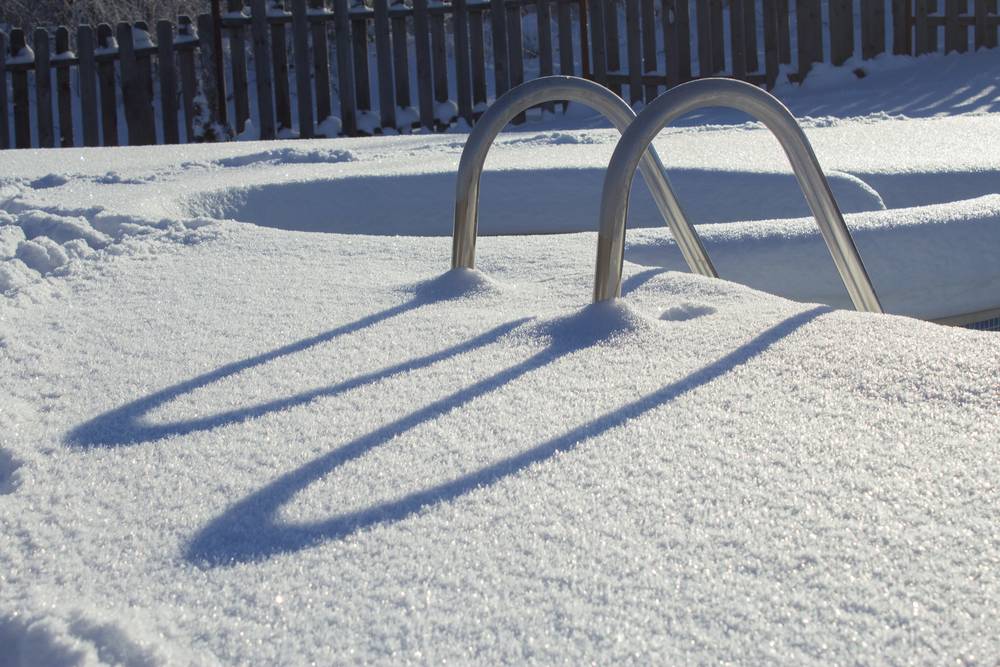- Jul 29, 2009
- 203
- Pool Size
- 15000
- Surface
- Plaster
- Chlorine
- Liquid Chlorine
I have an inground plaster pool. The plaster is about 10 years old and is getting a little rough. I'm not really prepared financially to replaster it so I was considering doing some spot work this spring: Maybe some spot acid washing of some stubborn stains. There are a few chips in the plaster that I was considering repairing. Plus some calcium deposits that I wanted to sand down. (Maybe a lot of this isn't a great idea, but it's not the purpose of my post, though I'd not turn my back on free advice).
So I figured that I would just lower the water below the return jets so that I don't have to worry about any freezing. (Usually, I just run the pump during really cold snaps).
Now I have about 1 foot of exposed plaster and I am wondering if I should refill it as I am now learning that that is bad for the plaster.
I live in the Seattle area, so it's going to be mostly rainy and in the 30's to 40's all winter.
Thanks for any advice.
So I figured that I would just lower the water below the return jets so that I don't have to worry about any freezing. (Usually, I just run the pump during really cold snaps).
Now I have about 1 foot of exposed plaster and I am wondering if I should refill it as I am now learning that that is bad for the plaster.
I live in the Seattle area, so it's going to be mostly rainy and in the 30's to 40's all winter.
Thanks for any advice.


